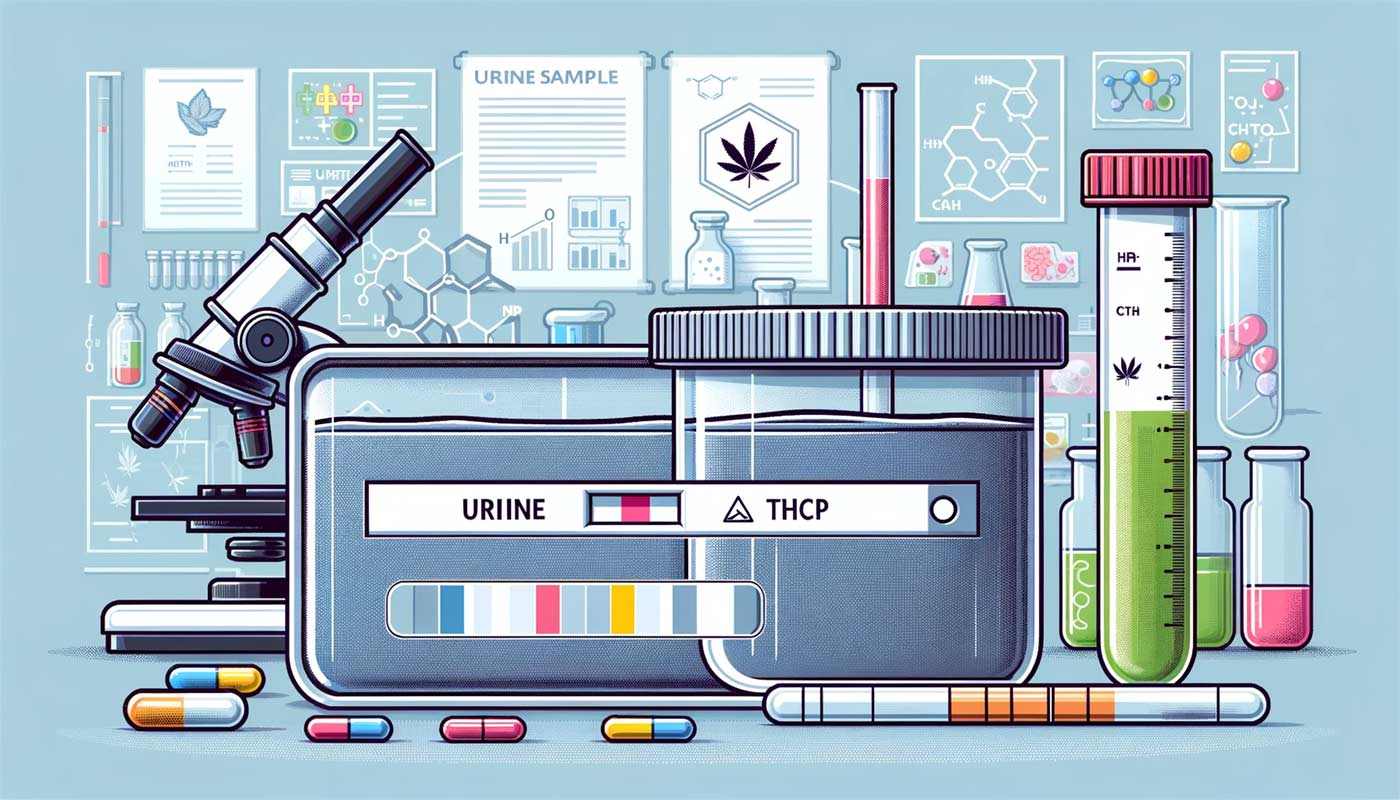THC-P, or Tetrahydrocannabiphorol, has stirred interest in the cannabis community due to its potent psychoactive effects, being 15-30 times stronger than Delta-9 THC. This naturally raises concerns about its detectability in drug tests, especially for those subject to regular screenings.
Understanding Drug Tests and THC-P Detection
Urine Tests
Urine tests are the most common form of drug screening. They typically detect THC-COOH, a metabolite formed when THC is metabolized. While these tests are not specifically designed to detect THC-P, the lack of extensive research on THC-P’s metabolic pathways and its duration in the system leaves room for uncertainty. There’s a possibility that THC-P could be metabolized in a way that might show up in these tests.
Blood and Saliva Tests
Blood tests offer a more accurate measurement of recent cannabinoid use, but they are less common due to their invasive nature. Saliva tests, on the other hand, are gaining popularity for being non-invasive and easy to administer. Both these tests measure the presence of THC and its metabolites, but again, the specifics of THC-P detection are not well-defined due to limited research on the cannabinoid.
Hair Tests
Hair follicle tests, though less common, can detect drug use over a longer period. They measure the presence of drug metabolites in hair follicles, providing a detection window of up to 90 days or more. However, it is unclear whether THC-P and its metabolites can be detected in these tests.
The Science Behind Urine Testing
Mechanics of Urine Drug Testing
Urine drug tests typically use immunoassay techniques. These tests have antibodies that bind to specific drug metabolites. When a metabolite is present in the urine, it binds to the antibody, triggering a reaction that indicates a positive result.
Specificity and Sensitivity
The specificity and sensitivity of a urine test are crucial. Specificity refers to the test’s ability to correctly identify those without the drug, while sensitivity is about correctly identifying those with the drug. Cross-reactivity, where a test reacts to substances similar to the target drug, can be a significant issue, potentially leading to false positives.
Limitations in Detecting New Substances
One of the main limitations of urine drug testing is its ability to adapt to new substances like THCP. Since these tests are designed based on known metabolites, emerging compounds may not be accurately detected. This limitation underscores the need for continuous development and updating of drug testing methodologies.
The Implications of THC-P Usage
Given the structural similarity between THC and THC-P, there’s a theoretical risk that THC-P usage could result in a positive drug test. This risk is amplified by THC-P’s potent nature, which could potentially lead to longer detection times. However, without concrete studies specifically on THC-P, these are educated assumptions rather than definitive answers.
Individual factors such as metabolism, genetics, and tolerance levels play a significant role in how the body processes THC-P. Its stronger binding affinity to CB1 receptors means that even small amounts could have significant effects, potentially influencing how long it remains detectable in the body.
Recommendations and Precautions
For those concerned about drug testing, the safest approach is to treat THC-P with the same caution as THC. Considering the potency and potential for THC-P to be metabolized into detectable metabolites, users should be aware of the possible implications for drug testing.
Always opt for products from reputable sources to ensure you are consuming what you intend to. Lower quality or mislabeled products could have varying levels of THC-P or other cannabinoids, impacting drug test results and overall experience.

